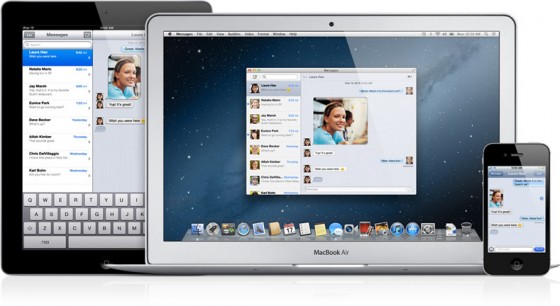
- #Macbook pro mac os x lion 10.7.5 create for mac os x#
- #Macbook pro mac os x lion 10.7.5 create install#
- #Macbook pro mac os x lion 10.7.5 create mac#
You simply choose the “Recovery HD” one and it will launch the Recovery program.
#Macbook pro mac os x lion 10.7.5 create mac#
When you do that, you will see all of your Mac partitions. You can launch this by holding down OPTION when you start.

#Macbook pro mac os x lion 10.7.5 create install#
Once you install Lion, it creates a small hidden partition on your Mac. Lion already has a recovery partition – this is actually very useful to use should you need to do some disk repairs.(Note to “file sharers” – you might NOT want to distribute the “InstallESD.dmg” file on sharing sites as it may contain your Apple ID or may prevent you from getting updates.) However, if you are going to create a Bootable DVD so that you can install it on other computers that are tied with different Apple IDs, you might want to reconsider doing this. Assuming that you have the same Apple ID on all of your computers and you simply want to create an installer for those computers, this is a good solution.

#Macbook pro mac os x lion 10.7.5 create for mac os x#
Note: if you are looking for instructions for Mac OS X 10.8 – Mountain Lion – please see this post. You will also be able to order a USB stick from Apple but that will be a bit of costly option, especially when you can do it yourself. While all Macs support memory upgrades, the same thing cannot be said about their processors, and graphics cards.In my excitement yesterday about the release of the new Macintosh operating system called “ Lion“, I downloaded and installed the new OS without thinking about creating a bootable DVD since Lion is the first Apple OS to NOT come on DVD but rather be distributed via the App Store.

The OS seems to require quite a bit of processing power both CPU- and GPU-wise, and a fair amount of RAM too. The same source points out that because the Rosetta PowerPC emulation layer is also no longer supported, users won’t be able to employ a number of popular applications that rely on the emulator.Įxamples dished out by the blog include Photoshop CS 4 and Microsoft Office 2004, but there is a far greater library of Rosetta-needy apps that won’t run on Lion.įurthermore, some of the older Core 2 Duo Macs listed as supported by Lion likely won’t perform well, FairerPlatform cautions. The latter confirmation is a bit redundant, we admit, since the PPC architecture has long been dropped by Cupertino, namely since OS X 10.6 Snow Leopard was introduced. Single core Intel systems, and even some Core Duo machines will not be supported, nor will PowerPC Macs be compatible with Mac OS X 10.7. 17-inch Macbook Pro (October 2006, MacBookPro2,1).15-inch MacBook Pro (October 2006, MacBookPro2,2).While it is still not 100% confirmed that the list of Macintosh computers below will be the only ones to support Lion when it makes its debut in Final form, the people at FairerPlatform say these ones are sure to work with the software. However, Apple did not specify the exact Mac OS X Lion system requirements (which configurations will be supported), when the new OS launches this summer. Upon seeding the first OS X Lion test build to developers this year, the company made it clear that some systems were unsupported.


 0 kommentar(er)
0 kommentar(er)
